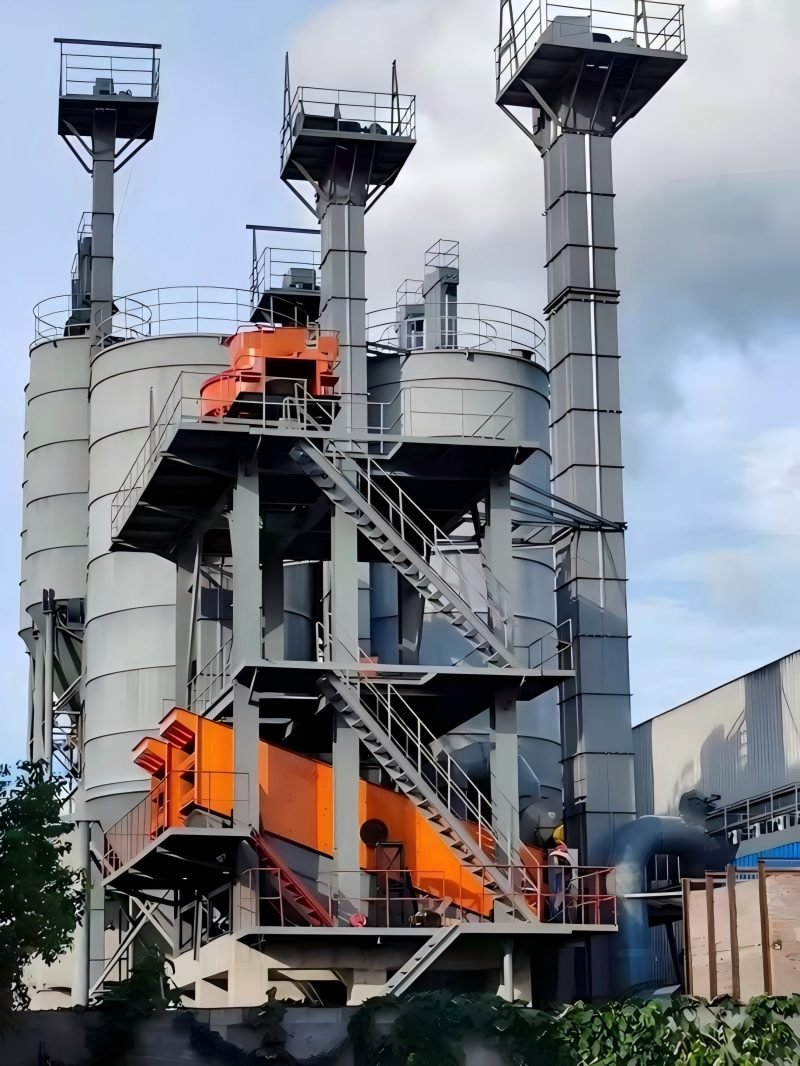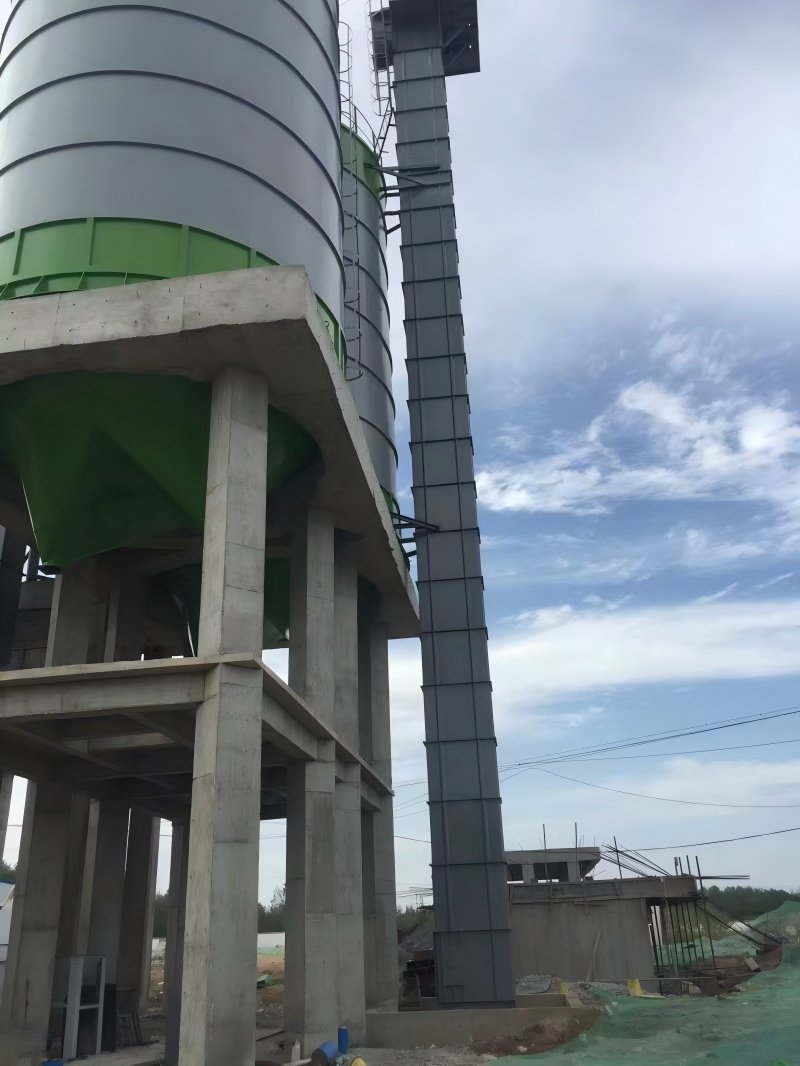NE Series Plate Chain Bucket Elevator
The NE series plate chain elevator is one of the most widely used vertical lifting devices.
The NE series plate chain bucket elevator features an inflow feeding system, where materials flow into the hopper and are lifted to the top by the plate chain, then discharged automatically under the influence of gravity. This series of elevators offers a wide range of specifications (11 types from NE15 to NE800) and a broad lifting capacity.
Additionally, they boast high production efficiency and low energy consumption, making them a viable alternative to other types of elevators. The machine adopts a fully enclosed casing, featuring low chain speed, minimal reactive power loss, low noise, and a long service life. It is suitable for vertical conveyance of medium, large, and abrasive materials (such as limestone, cement clinker, gypsum, and lump coal), with material temperatures below 250°C. The NE type plate chain bucket elevator is a new product developed with advanced technology introduced from abroad, and its main technical parameters comply with the standards of the Ministry of Machinery (JB3926-85). It adopts a self-flowing loading system and gravity discharge. The chain is made of high-strength plate-type alloy steel, which is wear-resistant and reliable. The drive part utilizes a hardened gear reducer.
Main structure
The NE series plate chain bucket elevator consists of operating components, drive device, upper device, middle casing, and lower device.
Operating components : consisting of a hopper and a dedicated plate chain, NE30 and below use a single-row chain, while NE50 to NE800 use a double-row chain.
Drive device : Utilizes a variety of drive combinations (based on user's actual needs). The drive platform is equipped with a maintenance frame and railings. The drive mechanism can be installed in either the left or right configuration.
Upper device :equipped with rails (double-row chain), backstop, and a discharge port fitted with a backflow prevention rubber plate.
Intermediate link : Some intermediate links are equipped with tracks (double chains) to prevent the chain from swaying during operation.
Lower device : equipped with an automatic tensioning device.
Main Features
1. Wide range of applications. This type of elevator has minimal requirements for the type, characteristics, and size of materials; it can lift powdered, granular, and block materials; it can lift abrasive materials; and it can lift high-temperature materials with a temperature of less than 250 degrees.
2. Large conveying capacity. The lifting capacity can reach 15-800 cubic meters per hour.
3. Low energy consumption. This type of elevator adopts inflow feeding, gravity-induced discharge, and utilizes densely arranged large-capacity hopper conveyors. With low chain speed and large lifting capacity, there is almost no backfeeding phenomenon, resulting in low driving power. Theoretically calculated shaft power is 25%-45% of that of a chain-type elevator.
4. Long service life. This type of elevator adopts inflow feeding, which minimizes squeezing and collision between materials, ensuring no spilling during feeding, lifting, and discharging, thus preventing abrasive wear. The conveyor chain adopts a plate-chain type high-strength wear-resistant chain, extending the service life of both the chain and the chain bucket. Actual use shows that the service life of the conveyor chain exceeds 5 years.
5. High lifting height. This type of elevator has a low chain speed, operates smoothly, and utilizes a plate-chain high-strength wear-resistant chain, thus achieving a relatively high lifting height.
6. Good sealing performance, less environmental pollution.
7. Reliable operation. The advanced design principles ensure the reliability of the entire machine's operation.
8. Easy to operate. Requires minimal maintenance and has few consumable parts.
9. Small mechanical size. Compared with other types of lifters with the same lifting capacity, this type of lifter has a smaller mechanical size.
Related Images















